
9 Tips for Growing Thyme in Pots or Containers
9 Tips for Growing Thyme in Pots or Containers Thyme, a fragrant and versatile herb, is a delightful addition to any garden. However, limited space or poor soil quality might make traditional in-ground planting a challenge. Fortunately, growing thyme in pots or containers is an excellent alternative. In this comprehensive guide, we’ll share nine valuable […]
9 Tips for Growing Thyme in Pots or Containers
Thyme, a fragrant and versatile herb, is a delightful addition to any garden. However, limited space or poor soil quality might make traditional in-ground planting a challenge. Fortunately, growing thyme in pots or containers is an excellent alternative. In this comprehensive guide, we’ll share nine valuable tips to help you successfully cultivate thyme in containers. Whether you’re a seasoned gardener or just starting out, these strategies will empower you to nurture a thriving thyme garden on your porch, balcony, or windowsill.
1. Select the Right Container
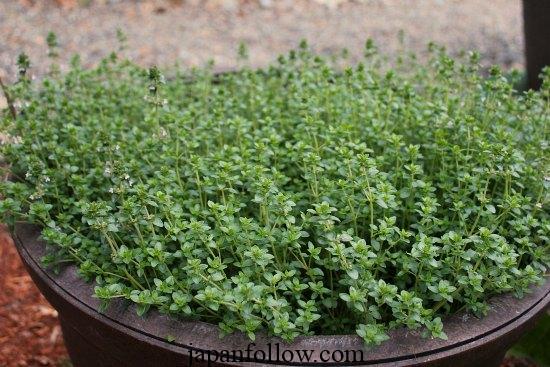
The first step in growing thyme in pots is selecting the right container. Opt for pots or containers that are at least 12 inches deep with adequate drainage holes. Thyme prefers well-draining soil, so a container that allows excess water to escape is crucial. Terracotta pots or wooden containers are excellent choices as they offer breathability to the roots.
2. Choose the Ideal Location
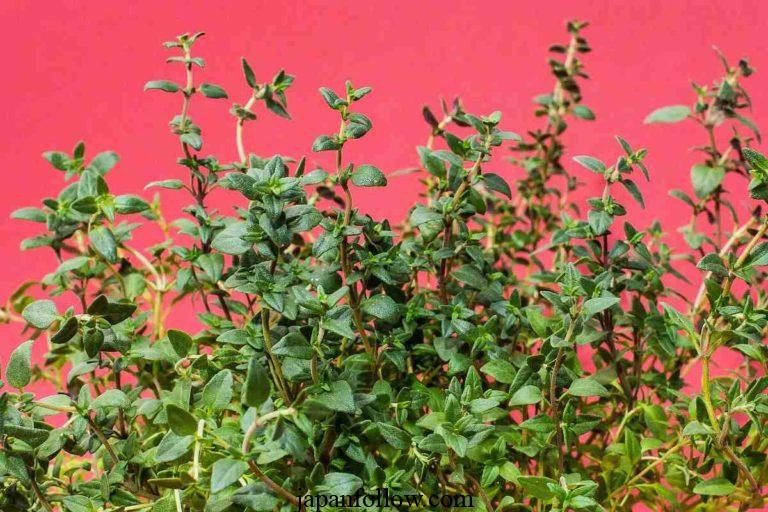
Thyme thrives in full sunlight, so it’s essential to choose a location that receives at least six to eight hours of direct sunlight per day. Place your pots or containers in a spot where they can bask in the sun. If you’re growing thyme indoors, ensure it’s near a sunny window, preferably south-facing, to provide the necessary light.
3. Use High-Quality Potting Mix
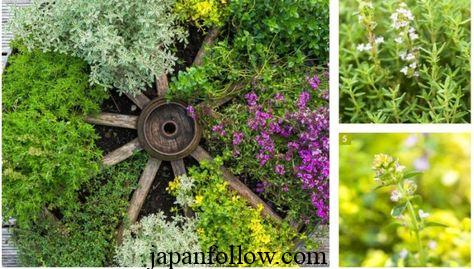
Select a well-draining potting mix suitable for herbs. Thyme prefers slightly alkaline soil, so you can mix in a bit of lime to adjust the pH if needed. It’s essential to provide your thyme with the right growing medium to promote healthy root development and overall plant growth.
4. Watering Practices
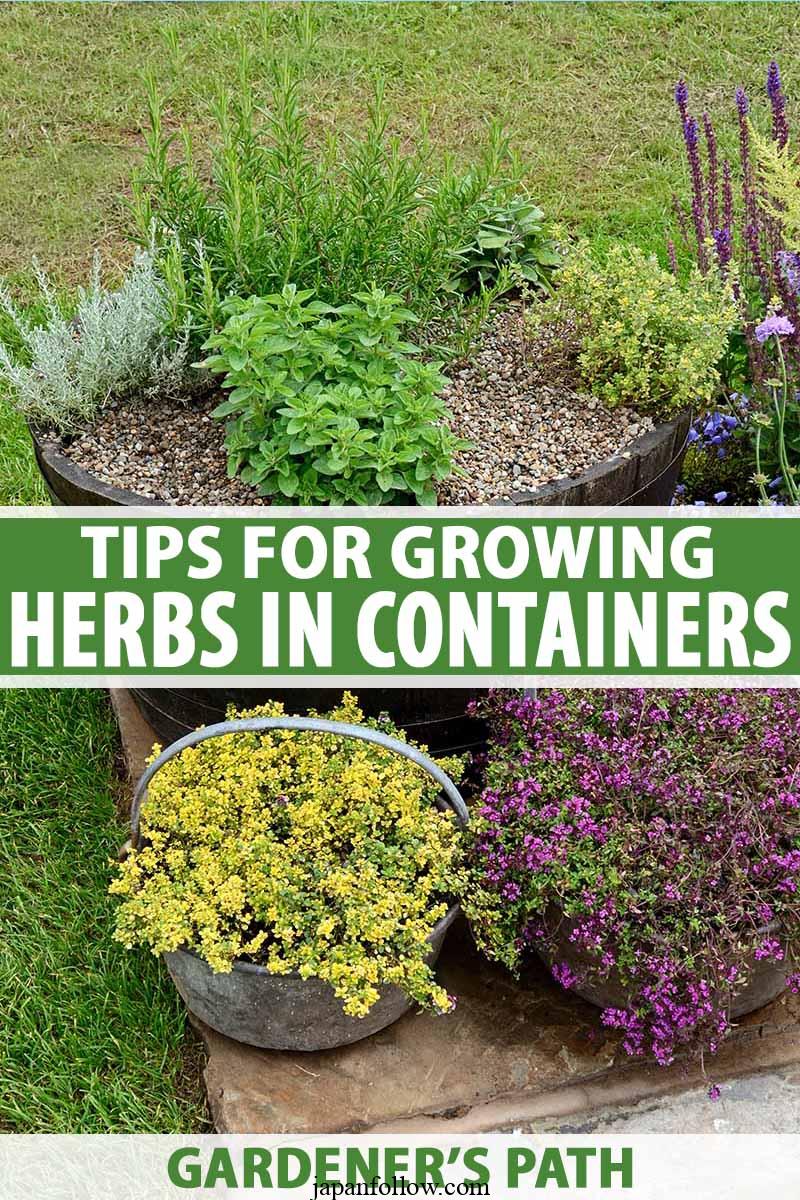
Thyme enjoys being kept slightly on the drier side. Overwatering can lead to root rot, so it’s crucial to allow the soil to dry out between waterings. Water your thyme thoroughly, but only when the top inch of the soil is dry to the touch. Be mindful not to water the foliage, as this can lead to fungal issues.
5. Fertilize Sparingly
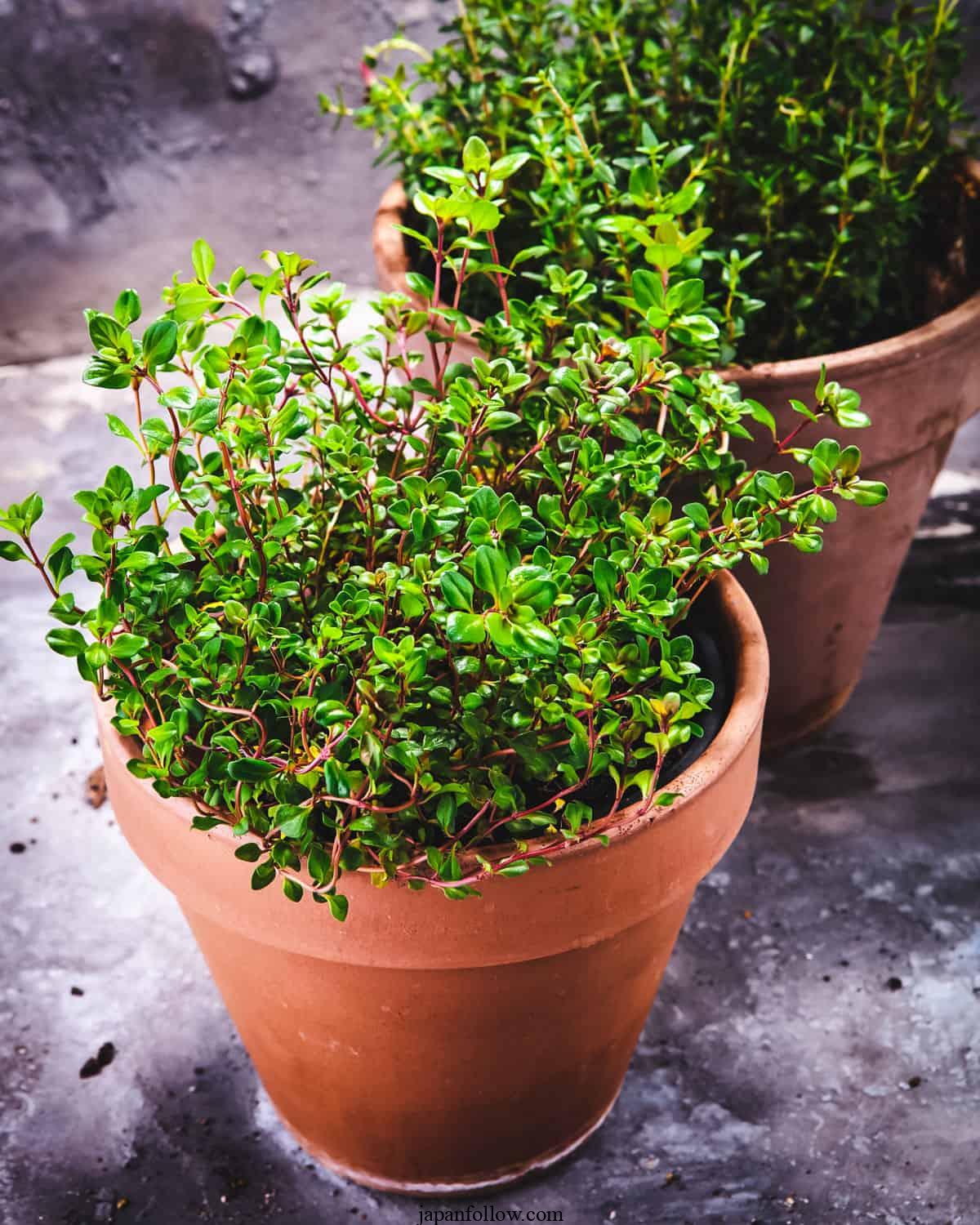
Thyme is not a heavy feeder, so it’s best to use a balanced, all-purpose fertilizer sparingly. During the growing season, apply a diluted, liquid fertilizer every 6-8 weeks. Avoid excessive fertilization, as this can lead to overly lush growth and less flavorful leaves.
6. Pruning and Harvesting
Regular pruning and harvesting are essential for keeping your thyme healthy and productive. Prune your thyme to encourage bushier growth and prevent it from becoming leggy. When harvesting, snip the leaves as needed, but never remove more than one-third of the plant at a time.
7. Pest and Disease Management
Thyme is relatively resistant to pests and diseases, but it’s still essential to monitor your plants regularly. Keep an eye out for aphids, spider mites, and powdery mildew. If any issues arise, address them promptly with organic pest control methods or mild soap and water.
8. Winter Care
Thyme is a perennial herb, and it can survive mild winters. However, in colder regions, it’s a good idea to provide protection during the winter months. You can move your containers indoors or cover them with mulch to insulate the roots. This will help ensure your thyme returns vigorously in the spring.
9. Companion Planting
Thyme is not only a flavorful herb but also an excellent companion plant. It can help deter pests and enhance the flavor of nearby vegetables. Consider planting thyme alongside tomatoes, eggplants, or cabbage to boost their growth and protect them from harmful insects.
Frequently Asked Questions (FAQ)
Q1: Can I grow thyme indoors?
A1: Yes, you can grow thyme indoors. Just make sure it receives plenty of sunlight, and you use well-draining soil.
Q2: How often should I water my thyme?
A2: Water your thyme when the top inch of soil is dry, but avoid overwatering.
Q3: What’s the best time to harvest thyme?
A3: You can start harvesting thyme leaves once the plant is well-established, usually after a few months.
Q4: Can I use thyme for cooking?
A4: Absolutely! Thyme is a versatile herb used in a variety of dishes, from soups to roasts.
Q5: How can I protect my thyme from pests?
A5: Keep an eye out for pests and use organic pest control methods when needed. Thyme is relatively pest-resistant.
tag
- chicken feed
- how to Keep Chickens Off Your Porch
- How to grow oyster mushrooms at home
- Growing Kale in Pots






